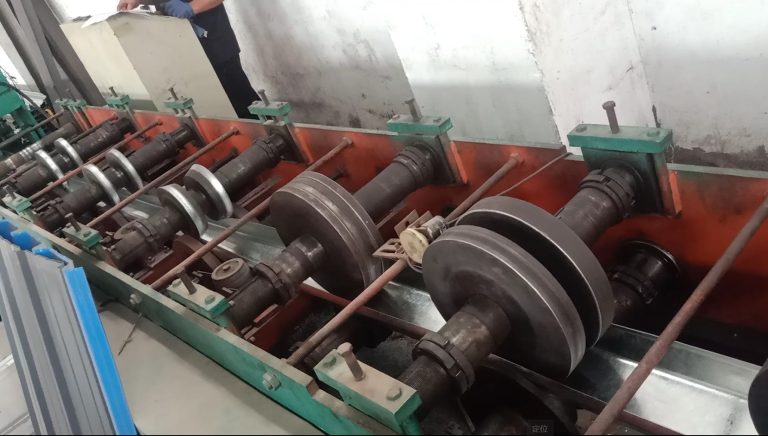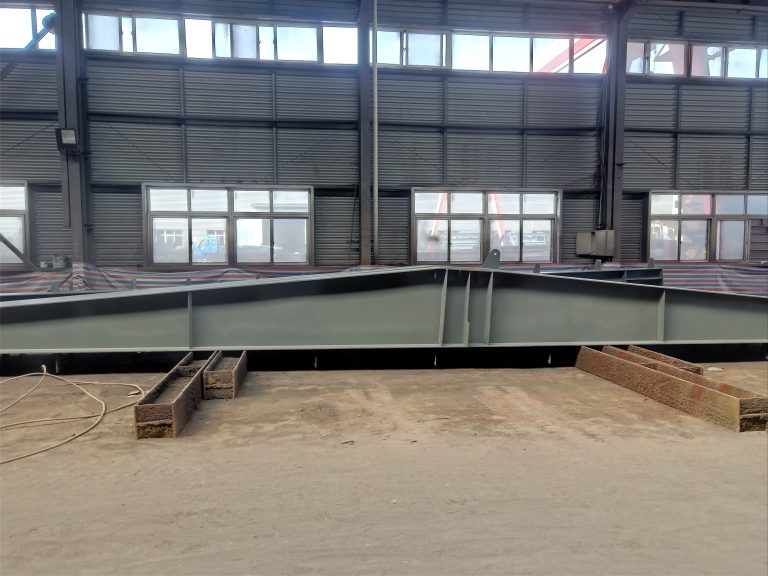Table of Contents
Importance of Proper Coating Systems for Freeze-Thaw Resistant Steel Structures
Steel structures are widely used in various construction projects due to their strength, durability, and versatility. However, one of the challenges faced by steel structures is the potential damage caused by freeze-thaw cycles. Freeze-thaw cycles occur when water penetrates the surface of a structure, freezes, and then thaws, causing expansion and contraction that can lead to cracking, spalling, and corrosion. To mitigate the effects of freeze-thaw cycles on steel structures, it is essential to implement proper design standards and coating systems.
Proper design standards for freeze-thaw resistant steel structures involve selecting materials and construction techniques that can withstand the stresses caused by freeze-thaw cycles. One key aspect of design standards is the selection of high-quality steel that has been properly treated to resist corrosion. Additionally, the design of steel structures should take into account factors such as drainage, ventilation, and insulation to prevent water from accumulating and freezing on the surface.
In addition to proper design standards, the use of appropriate coating systems is crucial for protecting steel structures from the effects of freeze-thaw cycles. Coating systems act as a barrier between the steel surface and the external environment, preventing water from penetrating and causing damage. There are several types of coating systems available for steel structures, including paint, epoxy, and galvanizing.

Paint coatings are commonly used for steel structures due to their ease of application and cost-effectiveness. However, paint coatings may not provide sufficient protection against freeze-thaw cycles, as they can be prone to cracking and peeling over time. Epoxy coatings, on the other hand, are more durable and resistant to moisture, making them a better choice for freeze-thaw resistant steel structures.
Galvanizing is another effective coating system for steel structures, as it involves applying a layer of zinc to the steel surface to provide corrosion protection. Galvanized steel structures have been shown to withstand freeze-thaw cycles better than untreated steel, making them a popular choice for outdoor applications.
In addition to selecting the right coating system, proper application and maintenance are essential for ensuring the effectiveness of freeze-thaw resistant steel structures. Coatings should be applied according to manufacturer guidelines and inspected regularly for signs of wear or damage. Any areas of the coating that are compromised should be repaired promptly to prevent water infiltration and corrosion.
Overall, the importance of proper design standards and coating systems for freeze-thaw resistant steel structures cannot be overstated. By implementing these measures, engineers and contractors can ensure the longevity and durability of steel structures in challenging environments. With the right materials, construction techniques, and maintenance practices, steel structures can withstand the effects of freeze-thaw cycles and continue to serve their intended purpose for years to come.
Best Practices for Designing Steel Structures to Withstand Freeze-Thaw Cycles
Steel structures are a popular choice for construction due to their strength, durability, and versatility. However, when exposed to freeze-thaw cycles, steel structures can be susceptible to damage if not properly designed and maintained. In order to ensure the longevity and performance of steel structures in cold climates, it is important to follow design standards and best practices that address the unique challenges posed by freeze-thaw cycles.
One of the key considerations when designing steel structures for freeze-thaw resistance is the selection of materials. High-quality, corrosion-resistant steel is essential for withstanding the harsh conditions of freeze-thaw cycles. Stainless steel, for example, is a popular choice for applications where corrosion resistance is a priority. Additionally, coatings and treatments can be applied to steel surfaces to provide an extra layer of protection against corrosion and deterioration.
In addition to selecting the right materials, proper design practices are crucial for ensuring the durability of steel structures in freeze-thaw environments. Adequate drainage is essential to prevent the accumulation of water, which can lead to corrosion and deterioration of the steel. Proper insulation and ventilation can also help to regulate temperature and moisture levels, reducing the risk of damage from freeze-thaw cycles.
Another important consideration when designing steel structures for freeze-thaw resistance is the use of expansion joints. These joints allow for the natural expansion and contraction of the steel due to temperature fluctuations, reducing the risk of cracking and structural damage. Properly placed expansion joints can help to accommodate movement and prevent stress on the structure, ensuring its long-term stability and performance.
Regular maintenance and inspection are also essential for ensuring the longevity of steel structures in freeze-thaw environments. Inspecting the structure for signs of corrosion, cracking, or other damage can help to identify issues early on and prevent further deterioration. Regular cleaning and maintenance of steel surfaces can also help to prevent the buildup of debris and moisture, reducing the risk of corrosion and damage.
In conclusion, designing steel structures to withstand freeze-thaw cycles requires careful consideration of materials, design practices, and maintenance procedures. By selecting high-quality materials, implementing proper design practices, and conducting regular maintenance and inspections, steel structures can be effectively protected against the damaging effects of freeze-thaw cycles. Following design standards and best practices for freeze-thaw resistance can help to ensure the longevity and performance of steel structures in cold climates, providing a durable and reliable solution for construction projects in challenging environments.






